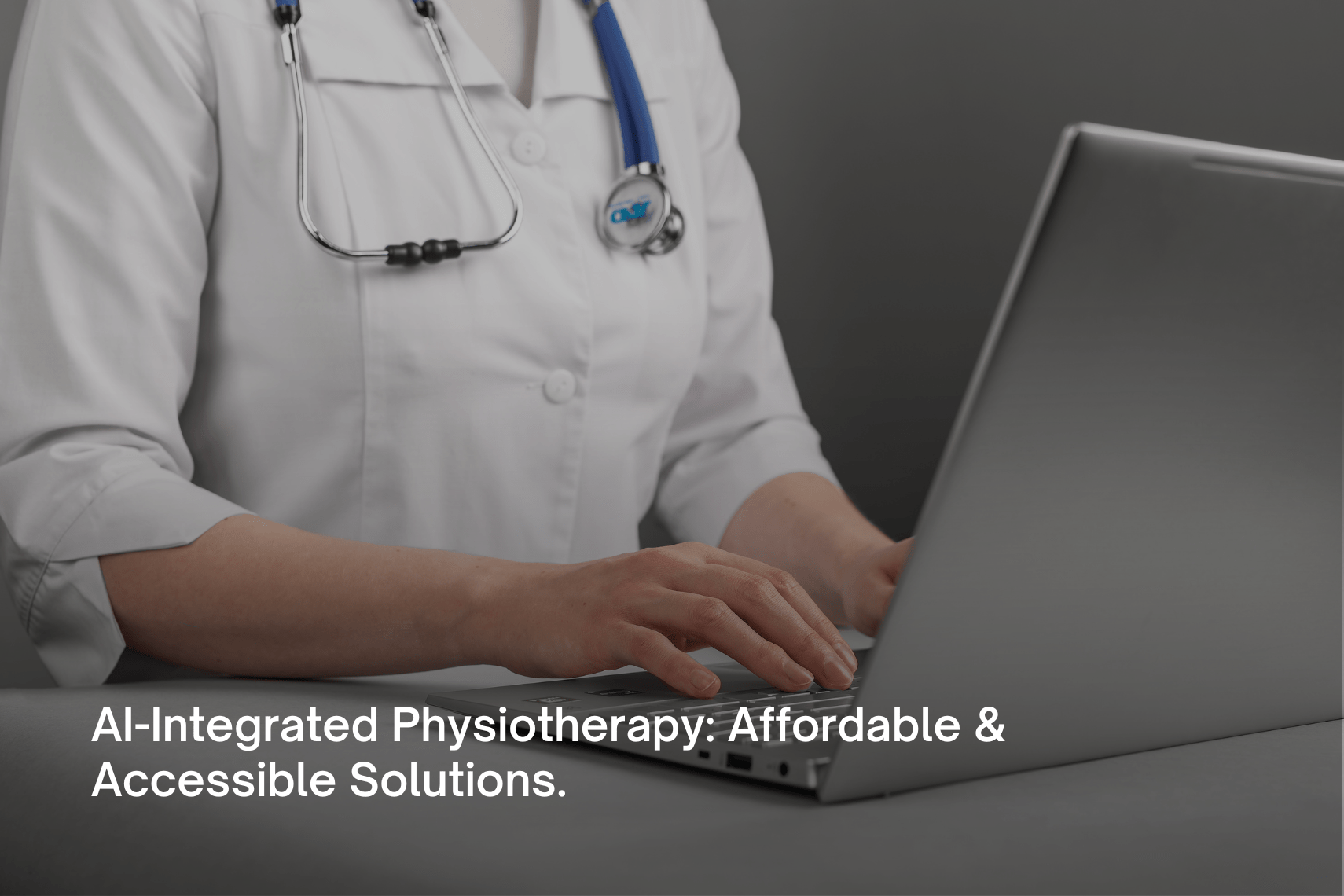
When a person meets with an accident, the general perception is that the initial treatment is the biggest financial concern. People readily and even recklessly, spend in surgeries and primary medications, assuming that’s damage controlled. And this is exactly the moment where you can sigh and say, “Oh no” to the supposedly, unforeseen expenses – physiotherapy.
In an ideal world, you would want healthcare to be as affordable as possible. Unfortunately, that’s not India’s reality. With the approximate cost of each session ranging from Rs. 500 to Rs. 1500, physiotherapy can be incredibly taxing on your wallet. But then the obvious question – why?
To begin with, it’s the demand vs supply. For every 10000 people, India has only 0.59 physiotherapists! Scale this up to the 1.4B people that call India home, you can see where the deprivation is. Clinics are overloaded with physios having to work absurdly long hours almost everyday to keep up. And all this while, the median pay for Indian physios is just Rs. 3L/year, much lesser than most healthcare professions!
If the small pay isn’t discouraging enough, there are other worse factors at play – price of equipment. The average price of physiotherapy equipment in an Indian clinic is Rs. 2.5/5L, which includes electrical stimulation machines, ultrasound machines, traction units and other treatment necessities.
That is just the initial cost of setup. Their timely calibration, technical maintenance and even damage repairs create a steady drain, all to be borne by patients! Combine these factors to the lack of inventive technology, most of which are manufactured or assembled abroad, piles on the misery. This means you can’t have standardized pricing either!
So how does physiotherapy make its service more accessible to those who need it?
You start by making sure the equipment is affordable. And how do we do that?
We start integrating equipment with Artificial Intelligence.
No, this is not another article theorizing the use of AI in physiotherapy. Turns out, there already exists equipment that has brought this to life – Fitknees and Fitmust!
Ashva’s two ingenious Made-in-India devices use standard assessment parameters to generate automated reports which are sent to both the patient and the physio. This means you solve all documentation issues and save time with prognosis!
But what about the cost?
To give a small illustration, we managed to convert a typical Rs. 15,000 GAIT analysis report to a mere Rs. 1,500 Kneeports, while maintaining a whooping 80% accuracy!
Such tried-and-tested algorithms can vastly aid research and the automatic storage of case details into its database simplifies differential diagnosis for physios, eliminating subjective parameters. By leveraging these algorithms, Ashva’s devices set the benchmark by identifying patterns, predicting recovery trajectory and suggestive appropriate interventions.
Applying AI in physiotherapy into equipment is no longer a fairytale or hypothesis. The only milestones left to achieve is its large scale implementation and further development!
REFERENCES:
- https://www.physio-pedia.com/India
- https://www.pixformance.com/top-five-challenges-faced-by-physiotherapists/
- https://www.payscale.com/research/IN/Job=Physiotherapist/Salary
